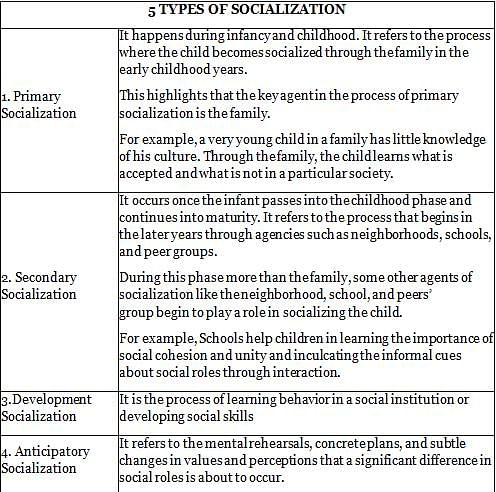MAHA TET Paper 2: Child Development and Pedagogy Test - 2 (Science and Mathematics) - MAHA TET MCQ
30 Questions MCQ Test MAHA TET Mock Test Series 2024 - MAHA TET Paper 2: Child Development and Pedagogy Test - 2 (Science and Mathematics)
The best way to increase the chances of learning disabled students to lead a full and productive life is by
Which of the following is not an example of gender stereotype?
| 1 Crore+ students have signed up on EduRev. Have you? Download the App |
The stage of creative problem solving in which the individuals do not give attention to the problem is:
For an intrinsically motivated student,
In an inclusive classroom children demonstrate which of the following?
A 6-year-old girl shows exceptional sporting ability. Her parents are sportspersons, send her for coaching daily and train her on weekends. Her capabilities are most likely to be the result of an interaction between:
A student has the habit of writing with his right hand. Due to loss of his right hand in an accident, he uses his left hand for writing. It is an example of
According to Howard Gardener's theory of multiple intelligence, which of the following refers to the ability to discriminate complex inner feelings and to use them to guide one's own behavior?
Children in _______ stage have symbolic thinking but do not realize that actions can be reversed and their judgments are based on the immediate appearance of things.
Which of the following may be the criteria of gender parity in a society?
Which of the following are the major socialization agencies?
I. Community
II. Family
III. Same group
IV. Formal educational institution
Learning of children will be most effective when:
The suitable leadership style for a teacher for creation of a non-threatening learning environment in the classroom would be
At what stage the child starts developing the attitude that his opinion conflicts with the family, friends are family, sibling rivalry, and various mood swings start developing?
Which among the following is not a personal factor influencing learning?
Children with special needs can be handled by using
Meaningful learning takes place when:
Several research studies show that teachers have more overall interacting with boys than girls.
What is the correct explanation for this?
CBSE has prescribed group activities for students, in place of activities for individual students. The idea behind doing so could be
What has been considered as a process of correcting behaviour by training?
Peer groups are the agent of _______.
A few students in your class are exceptionally bright. You will teach them
Kritika is ready to solve the problem given by the teacher, most of the time she also finds a solution to the problem. Kritika belongs to a poor background. Despite that, which of the following motive is strong in her?
Which of the following statement is not correct about development?
An example of media that transports learners to remote places by means of visualised reports is
How do children learn a language other than the mother tongue?
Human development starts from:
For an intrinsically motivated student,
In an inclusive classroom children demonstrate which of the following?
The stage of creative problem solving in which the individuals do not give attention to the problem is:
|
100 tests
|




















